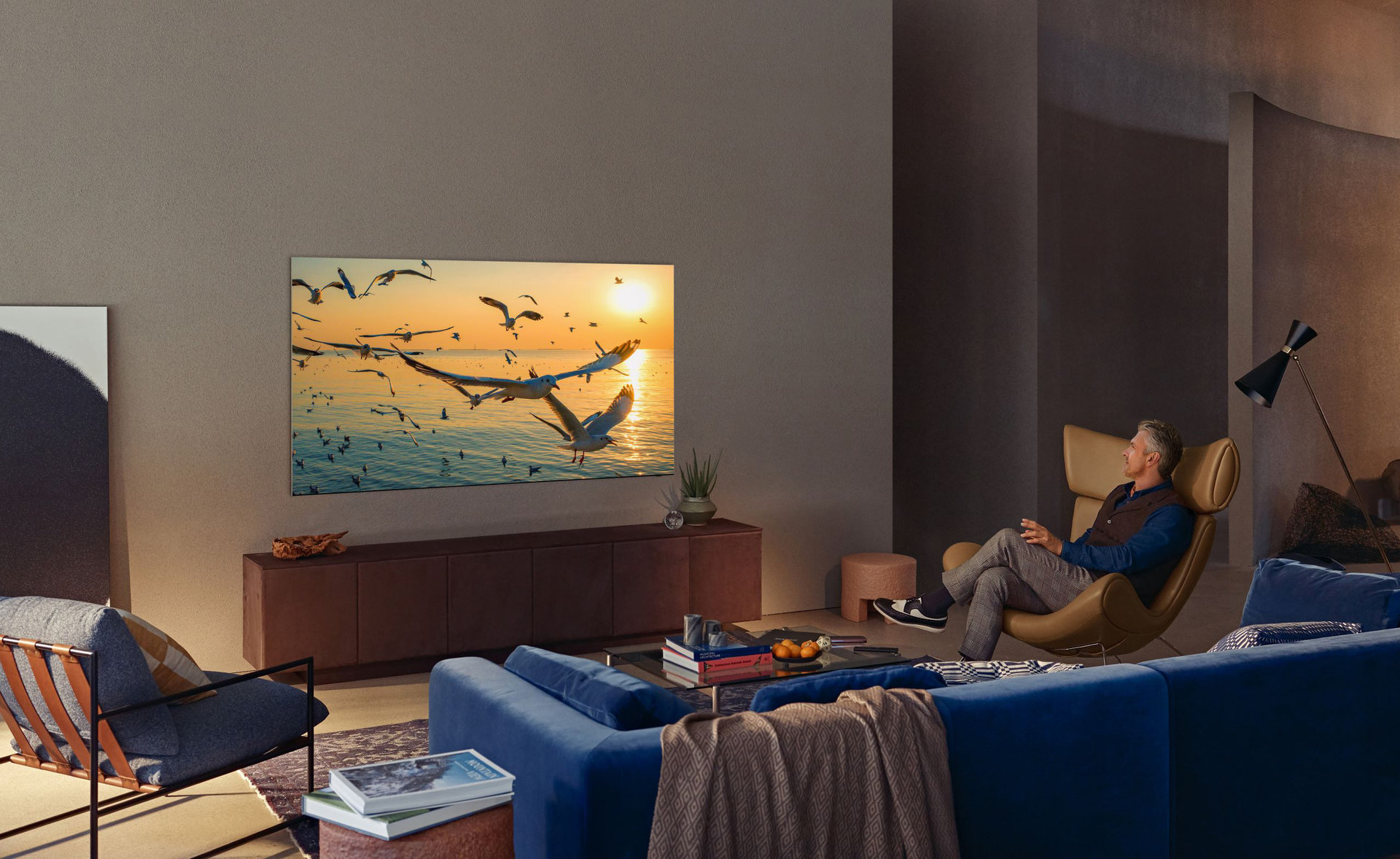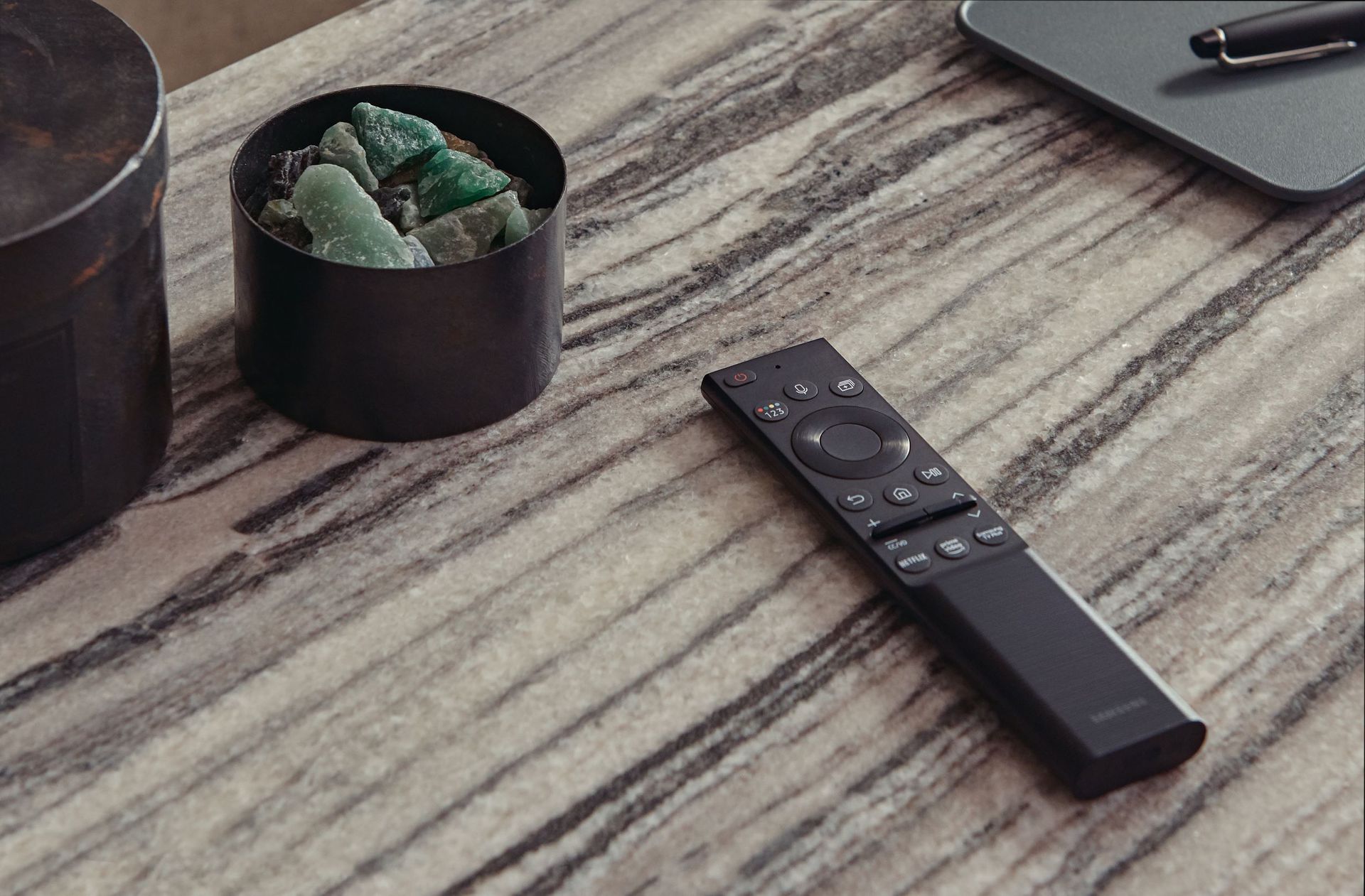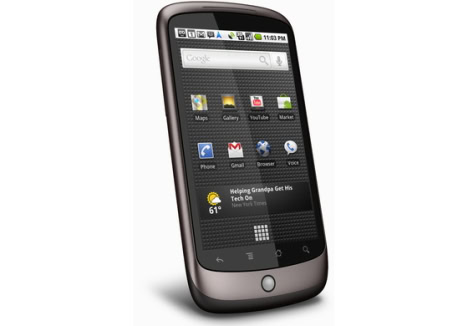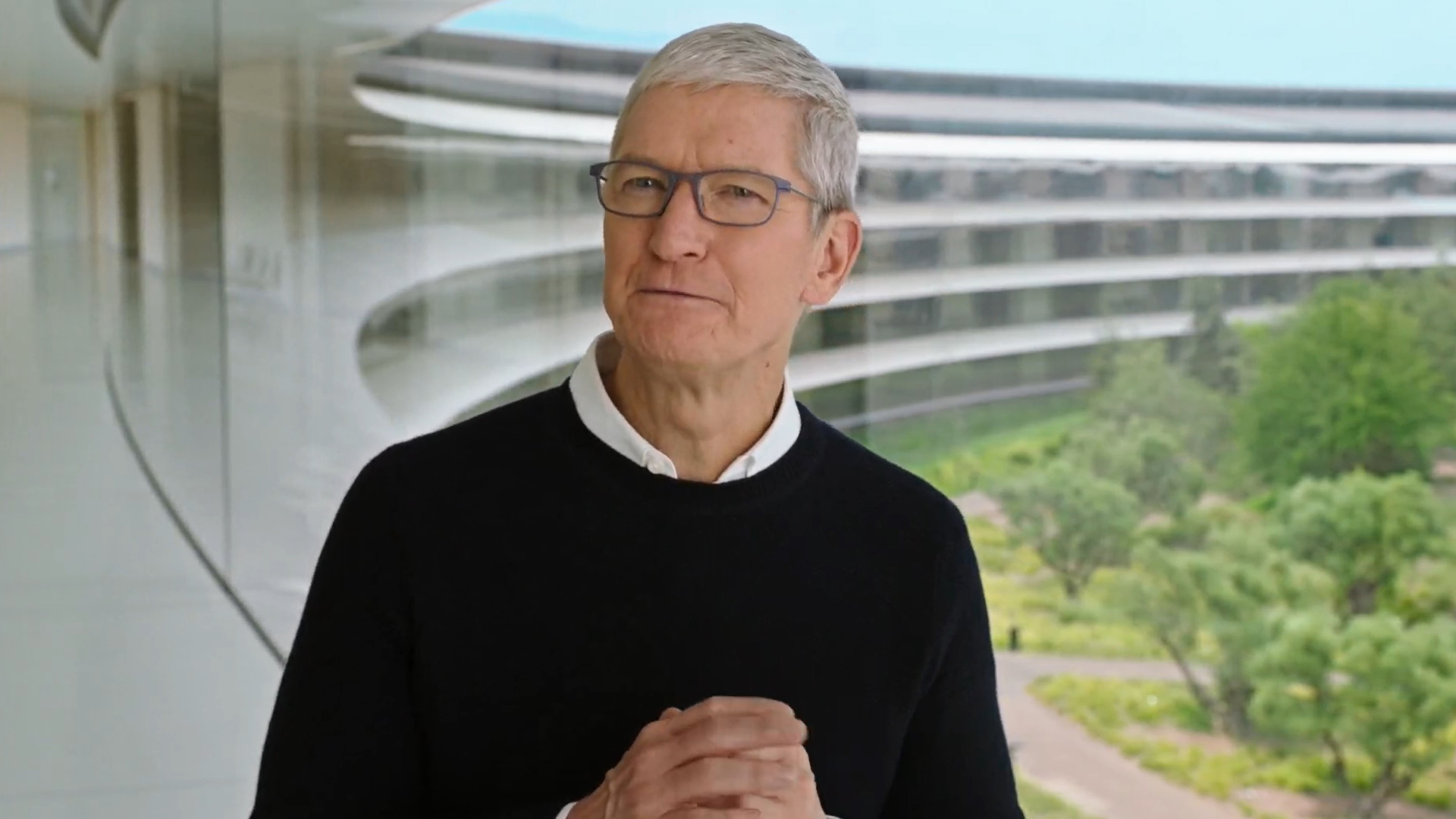Affiliate links on Android Authority may earn us a commission. Learn more.

Samsung’s First Look event was yesterday (replay here), and in its lineup were its high-end 2021 TVs, updates, and a bunch of new ideas including fitness tracking.
What we saw — Neo QLEDs:
- Samsung showed off its high-end or top-tier 2021 8K and 4K HDR TVs, switching its backlighting to Mini-LED technology, under the new brand Neo QLED.
- That aims to mimic OLED TVs with better contrast and overall picture quality, and it’s what we’ve seen from TCL and LG already, which did offer definite improvements in overall quality.
- Samsung didn’t give out exact details around dimming zones and LEDs, yet, nor pricing and availability, but did mention a 12-bit, 4,096-step luminance.
- The Neo QLED TVs with Mini-LED backlighting will include two 8K models (QN900A and the QN800A), and three 4K TVs (QN95A, QN90A, and QN85A), and all have HDMI 2.1 functionality like 4K at 120Hz, eARC, VRR, and so on.
- There’s also “Object Tracking Sound” which aims to mimic where action is happening on the TV and moving the sound with it, with additional speaker drivers in the TV and built-in mic to analyze acoustics
- Other features too, including better upscaling, gaming modes for wider-aspect ratios, and multi-view, which lets you watch up to four different inputs at once, perfect for people who like watching multiple sporting events at once for example.
- One more fun thing: the TV remote will be solar-powered and will charge from any light source, meaning no more batteries.
- How much? When? No detail yet.
- Does the continuing lack of Dolby Vision matter for consumers or just more hardcore enthusiasts? (For what it’s worth, Samsung processes Dolby Vision content to HDR10.)
- One more new idea too: a phone app for calibrating your TV is coming.
Smart Trainer:
- Not letting Peloton and Apple and so on win the home fitness battle, Samsung’s latest TVs can work with a camera to offer interactive fitness.
- The TVs can track workout reps and form via a USB-connected camera, and sync with Galaxy phones and Galaxy watches, too.
- Quote: “…the new Smart Trainer feature tracks and analyzes posture in real time, just like a personal trainer. During and post-workout, Smart Trainer provides feedback on form, helps you count your reps, and estimates calories burned. With video and interactive training via Bixby-enabled voice control, Samsung Health Smart Trainer elevates and personalizes the home workout experience.”
The Frame gets less frame:
- Samsung’s new Frame TV has less bezel, while still sticking to a traditional picture frame uniform thickness at 24.9mm.
- You now have more bezel options to suit your home.
- And, the new 43-inch model can rotate between landscape and portrait modes, if you want that.
MicroLED tech gets a little more approachable:
Samsung’s MicroLED technology, the next-generation of display that remains hugely expensive and only available in The Wall setup, is getting slightly more mainstream.
(Just to briefly clarify, Mini-LED TVs are using small LEDs as a backlight. MicroLEDs are more like OLEDs, where each pixel can be turned on or off, and emit light. Hence, an “off” pixel is completely black, giving the OLED-style contrast and richness to a display. The problem is that MicroLEDs are still difficult and wildly expensive to manufacture.)
- So, what’s new is that along with a 110-inch MicroLED TV announced late last year, there are now 88-inch and 99-inch MicroLED TV options.
- And you can pop them out of the box and set them up yourself rather than need an installer, as was previously required.
- As is usually the case, if you have to ask, you can’t afford it. And Samsung doesn’t list the prices anywhere.
- For a guide, LG’s 88-inch 8K OLED TV is about $30,000.

Eco friendlier?:
Samsung actually opened its First Look event by explaining its greener approaches to products, saying it will “seek to systematically decrease its overall carbon footprint in TV manufacturing,” including offsets and offering sustainable packaging.
- Without exact data, it’s pretty easy to nod along to Samsung’s fairly obvious greenwashing.
- But switching to solar-powered remotes made from recycled materials is a tiny, useful thing, that hopefully catches on?
- In the above image of the new remote, the solar cell is on the back. Will it get enough light?
💻 LG introduces five new Gram 2021 laptops: now with 19.5 hours battery life, Intel 11th-Gen CPUs and 16:10 displays (Android Authority).
📈 Report: Samsung is hedging its bets on the cheaper Galaxy S21 model, with expectations that the base model will be the big seller (Android Authority).
🎧 Bose Sport Open Earbuds are here, offering a different approach from Bose, shifting from its usual noice-cancelling option to a hear-your-surroundings approach for active use (Android Authority).
📺 Sony is going to start selling its Mandalorian-like virtual set displays (The Verge).
⛔ After chaos, Donald Trump has largely been locked out of social media: Twitter, Facebook, Snapchat, for between 12 hours on Twitter to an indefinite period on Snapchat. That’s only after those platforms let Trump cheer on rioters before slowly walking back Trump’s posts (Engadget).
🎮 An oral history of the Xbox: 24 people detail how Microsoft developed the original Xbox and reshaped the gaming industry (Bloomberg). Fun detail: Microsoft tried to buy Nintendo — “Steve [Ballmer, ex-Microsoft CEO] made us go meet with Nintendo to see if they would consider being acquired. They just laughed their asses off. Like, imagine an hour of somebody just laughing at you. That was kind of how that meeting went.” Also Microsoft tried to buy EA, Square, and Midway, but nothing worked out.
🌟 Jim Keller, an important chip designer at Apple (early Arm A-processors), AMD (K7 and K8), Tesla (FSD/AI chip), and recently Intel, has joined a startup in Toronto called Tenstorrent, building AI chips. Great detail here (AnandTech)
🛰 NASA reveals how its SPHEREx space telescope will search for big bang clues. Quite the object (Engadget).
🔭 Peer inside the solar system’s largest canyon, about five times deeper than the Grand Canyon (Popular Science).
🤔 ELI5: “Why do some apps stay open when you leave for 5 seconds but others take you back all the way to the starting screen?” (r/explainlikeimfive).

The Nexus One went on sale 11 years ago this week, a January 5 2010 announcement for the first Google phone.
- This device was the first to run the new Android 2.1 Eclair (13 generations of Android ago), the Nexus One, made by HTC, was important for being a Google phone, back when Google felt exciting, a still-vibrant brand able to take chances, do strange stuff, and not feel entirely like big corporate made all the decisions.
- Specs: This was when a single-core processor was important, and a 3.7-inch AMOLED display felt big. It had a 1GHz Snapdragon processor, 512MB of RAM, 512MB of storage (190MB available), a 1,400mAh battery, 5MP camera with auto-focus, LED flash, and digital zoom, and a decent unibody design, sold through Google’s online store for $529.
- It sold ok, but Google had to switch to working with carriers rather than offering the upfront model.
- In any case, that kicked off the much-loved Nexus line.
- And my colleague Bogdan Petrovan wrote up a great little piece a few months back on the Nexus line that started with the One: Was the Nexus series really that good, or is it just rose-tinted glasses?
- In a vote, more than 58% voted they were great and deserving of nostalgia.
Cheers,
Tristan Rayner, Senior Editor.

